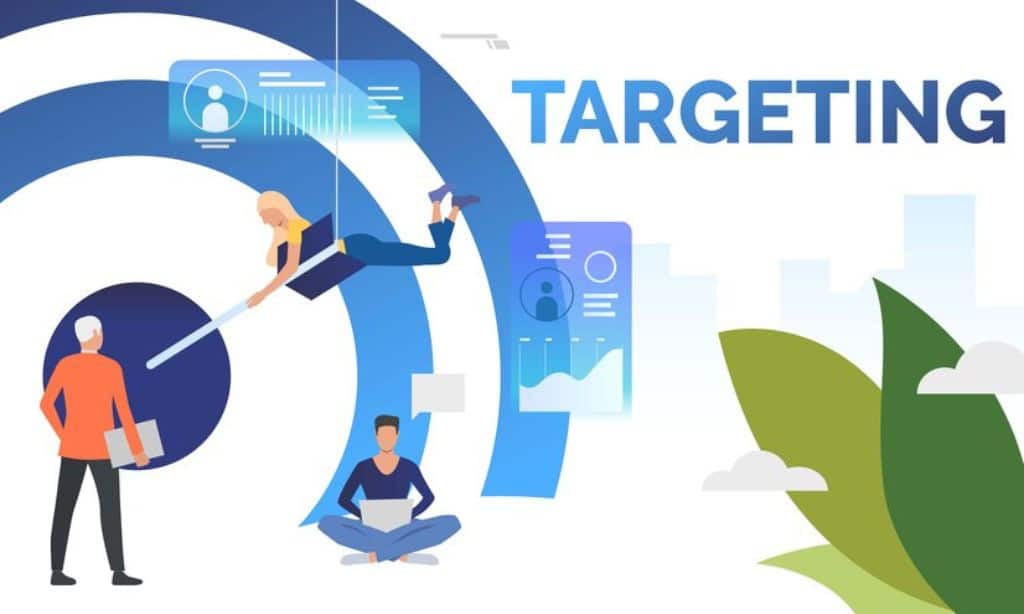Running a small business in a bustling city like Chicago comes with its unique challenges and opportunities. With its vibrant economy and diverse population, the Windy City is a hub for entrepreneurial activity.
However, navigating this competitive market requires strategic planning and data-driven decisions.
One powerful tool that can revolutionize the way small businesses operate is business mapping. By visualizing data on a map, you can gain actionable insights into customer behavior, market trends, and operational efficiency. In this article, we’ll explore 10 impactful ways business mapping can transform your small business in Chicago, helping you stay ahead of the competition.
1. Enhanced Customer Targeting
Business mapping allows you to visualize where your customers are located. By analyzing geographic data, you can identify areas with a high concentration of your target audience.
Benefits for Chicago Businesses:
- Neighborhood Insights: Pinpoint neighborhoods like Lincoln Park or Bronzeville where your products or services resonate the most.
- Customized Marketing: Tailor marketing campaigns for specific demographics based on location data.
- Improved Outreach: Use mapping to identify underserved areas, expanding your reach in the city.
For instance, a small bakery in Wicker Park could use business mapping to identify nearby office complexes for catering opportunities.
2. Optimized Delivery Routes
Efficient delivery is essential for businesses offering products or services across Chicago’s sprawling cityscape. Business mapping tools help optimize delivery routes, saving time and fuel costs.
How It Works:
- Shortest Path Analysis: Map software calculates the quickest routes, avoiding traffic-heavy areas like the Loop during peak hours.
- Dynamic Adjustments: Update routes in real-time based on weather or road closures.
- Cost Reduction: Streamline logistics to reduce operational expenses.
For example, a flower shop in Logan Square could use mapping to ensure timely deliveries on Valentine’s Day despite high traffic.
3. Strategic Location Planning
Choosing the right location is critical for small businesses. Business mapping provides data on foot traffic, competition, and demographics to help you make informed decisions.
Key Considerations:
- High Traffic Areas: Use mapping to identify busy streets like Michigan Avenue or River North.
- Proximity to Target Audience: Ensure your store is accessible to your ideal customers.
- Competitor Analysis: Visualize competitor locations to avoid market saturation.
A coffee shop opening near college campuses like DePaul University can leverage mapping to ensure proximity to student foot traffic.
4. Better Sales Territory Management
For businesses with sales teams, mapping tools make it easier to assign territories and track performance.
Advantages:
- Balanced Workloads: Divide sales territories equitably based on population density or revenue potential.
- Performance Tracking: Monitor sales metrics by location to identify high-performing areas.
- Resource Allocation: Deploy resources strategically to maximize coverage in profitable neighborhoods.
A Chicago-based real estate agency could use this method to ensure agents are focusing on lucrative areas like West Loop or Gold Coast.
5. Competitive Analysis
Understanding your competition is vital in a city as competitive as Chicago. Business mapping helps visualize competitors’ locations and their customer reach.
Applications:
- Gap Analysis: Identify areas underserved by competitors where you can establish a foothold.
- Benchmarking: Compare your business performance against competitors in similar locations.
- Trend Identification: Recognize shifts in market demand or competitor activity.
For instance, a boutique in Andersonville can analyze competitor locations and adjust its inventory to cater to niche markets.
6. Improved Marketing Strategies
Mapping tools enable you to create location-based marketing campaigns, ensuring your efforts are targeted and effective.
How It Helps:
- Geo-Fencing: Deliver location-specific ads to customers near your store.
- Event Targeting: Identify high-traffic areas during events like the Taste of Chicago.
- Customer Behavior Insights: Track trends in foot traffic to refine promotional strategies.
A restaurant in Old Town could use these tools to promote lunch deals to nearby offices during working hours.
7. Disaster Preparedness and Risk Management
Chicago businesses must contend with unpredictable weather and other risks. Business mapping can aid in risk management and contingency planning.
Capabilities:
- Weather Tracking: Monitor severe weather patterns and their potential impact on operations.
- Emergency Planning: Visualize safe zones for evacuation or temporary operations.
- Supply Chain Resilience: Identify alternate suppliers or routes during disruptions.
For instance, a grocery store chain could use mapping to reroute deliveries during snowstorms.
8. Data-Driven Decision-Making
Business mapping integrates with other data sources to provide a holistic view of your operations.
Benefits:
- Performance Metrics: Analyze sales, customer behavior, and operational efficiency by location.
- Custom Dashboards: Create visual reports tailored to your business goals.
- Trend Analysis: Use historical data to forecast future performance.
A fitness studio in Lakeview could track class attendance by time and location to adjust schedules accordingly.
9. Enhanced Customer Experience
By understanding customer locations and preferences, you can enhance their overall experience.
Practical Applications:
- Store Layout Optimization: Design store layouts based on customer behavior in specific areas.
- Personalized Recommendations: Use location data to recommend nearby services or products.
- Real-Time Updates: Notify customers of store changes, events, or promotions specific to their location.
For example, a retail store in Bucktown could send personalized discounts to nearby customers via app notifications.
10. Environmental Sustainability
Sustainability is becoming a key focus for businesses, and mapping tools can help reduce environmental impact.
Green Initiatives:
- Energy Efficiency: Identify areas to implement solar panels or energy-saving measures.
- Reduced Carbon Footprint: Optimize routes to cut down on fuel consumption.
- Eco-Friendly Partnerships: Locate suppliers and vendors who align with sustainability goals.
A delivery-based business in Hyde Park could use these insights to promote environmentally friendly practices while saving costs.
Takeaways
Business mapping is more than just a tool—it’s a transformative strategy that can elevate your small business in Chicago.
From improving customer targeting and marketing strategies to optimizing logistics and enhancing customer experience, mapping solutions empower businesses to make smarter, data-driven decisions.
By leveraging the 10 strategies outlined above, small businesses in Chicago can not only stay competitive but also thrive in one of the most dynamic cities in the world.
Start integrating business mapping tools into your operations today and watch your Chicago business flourish!









































